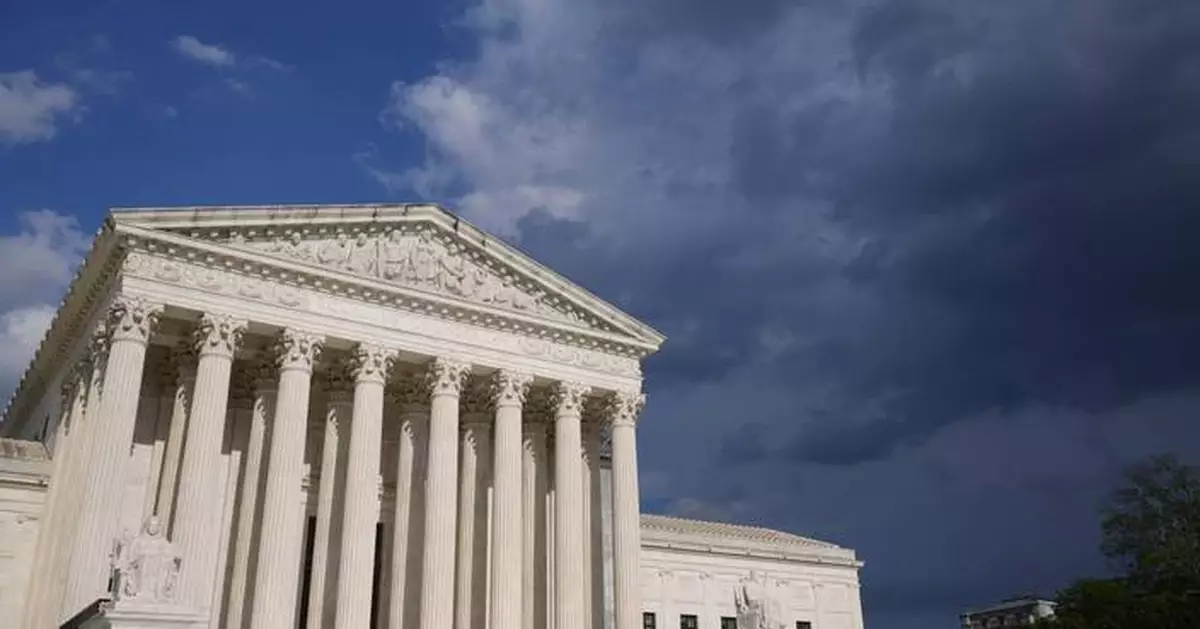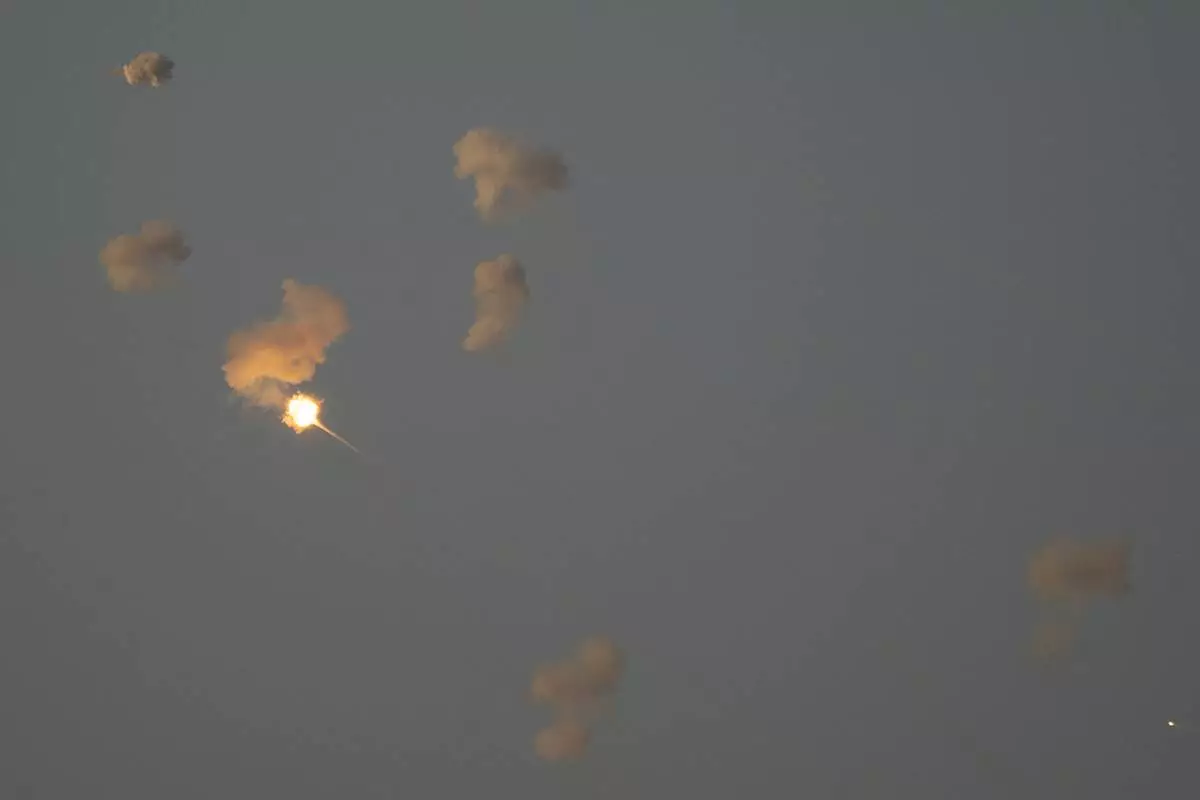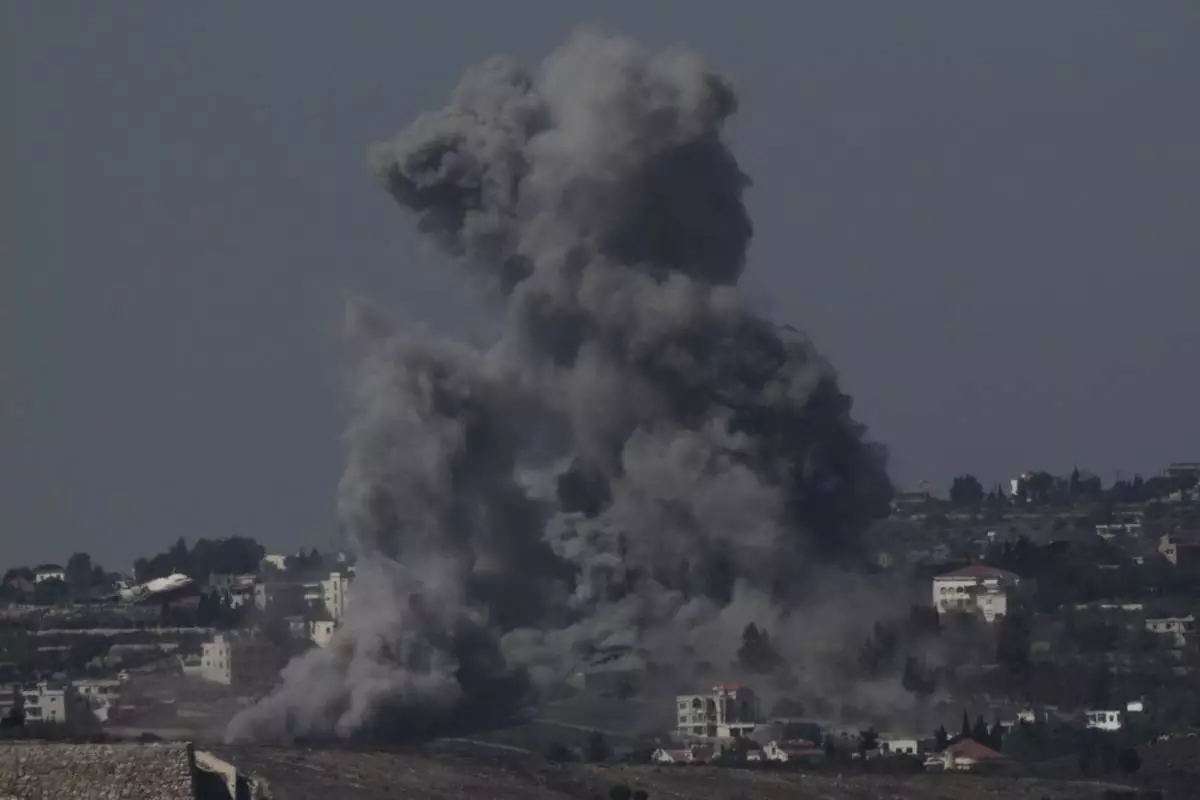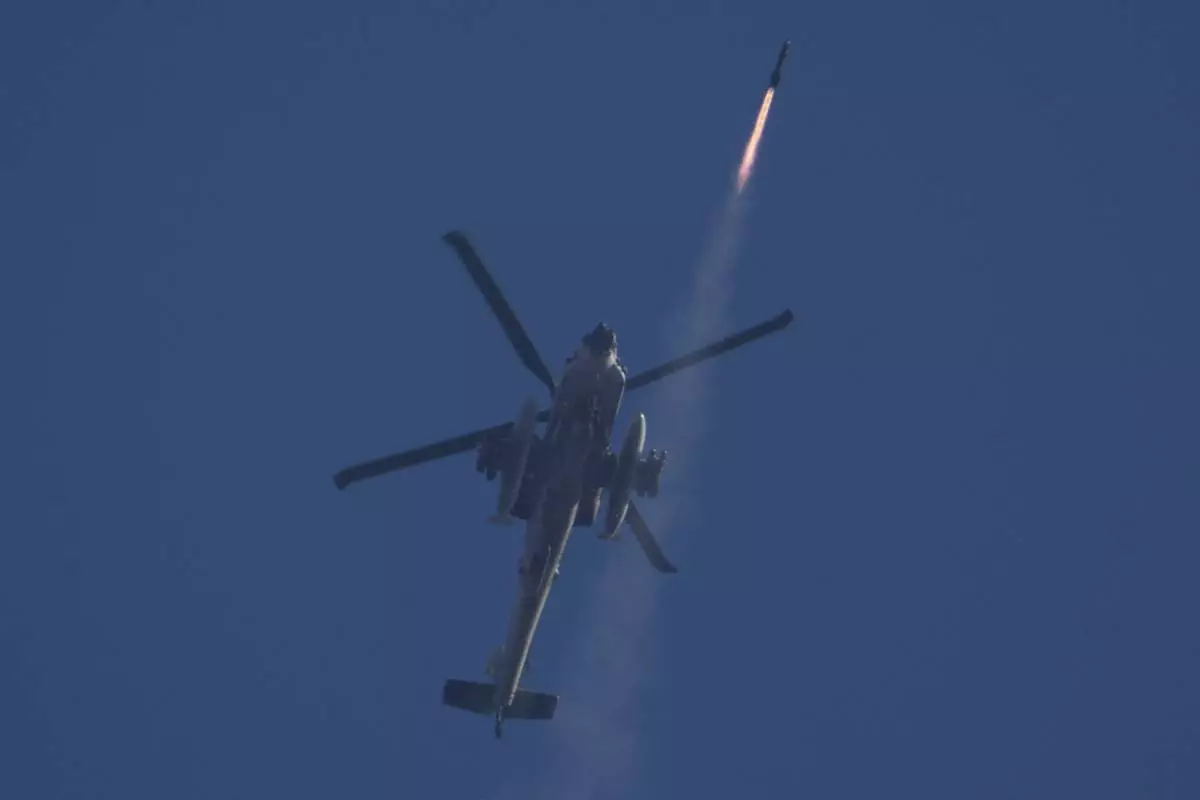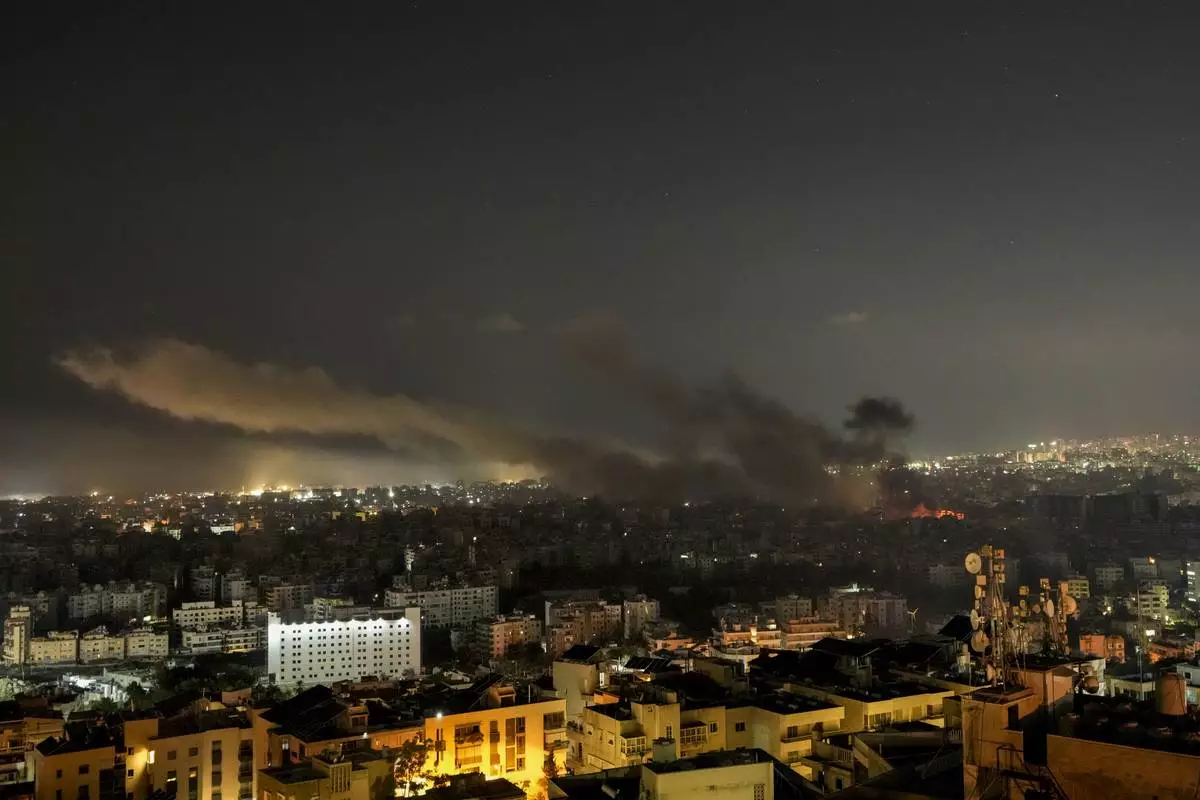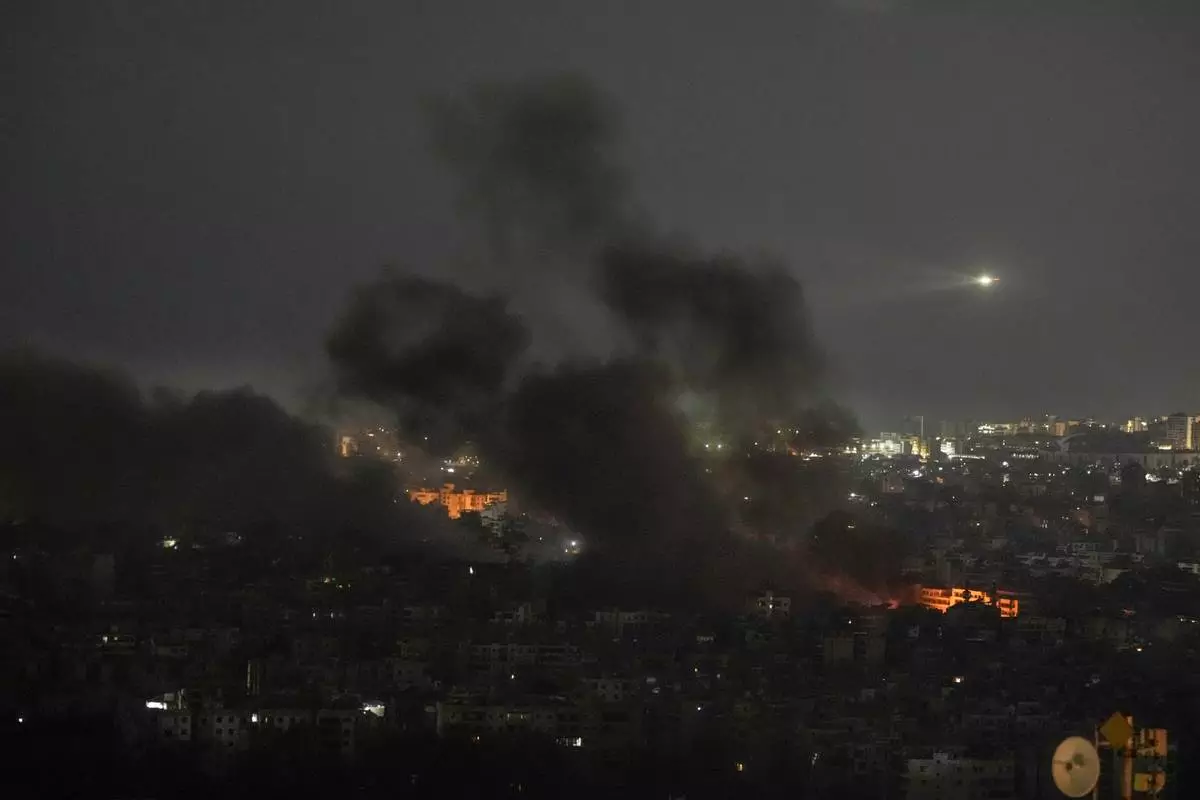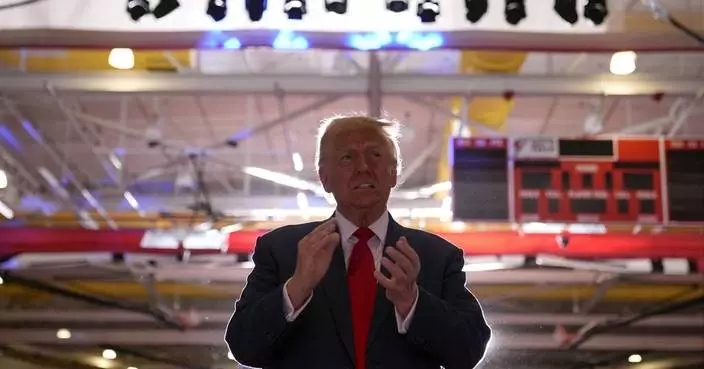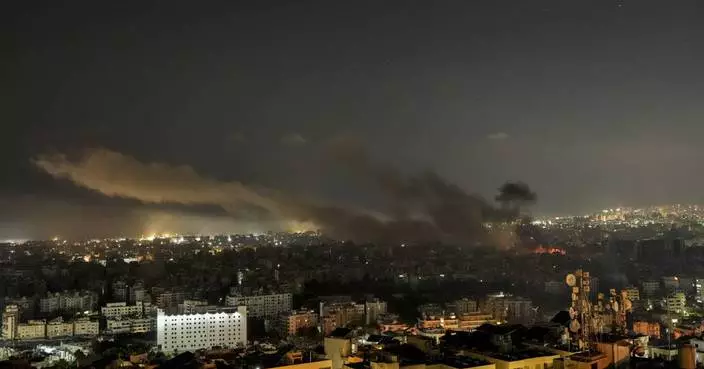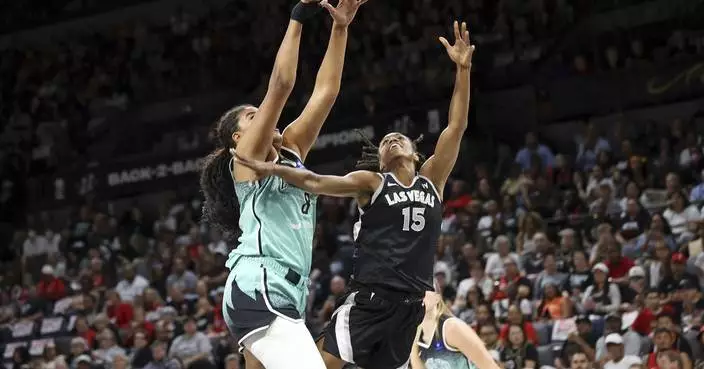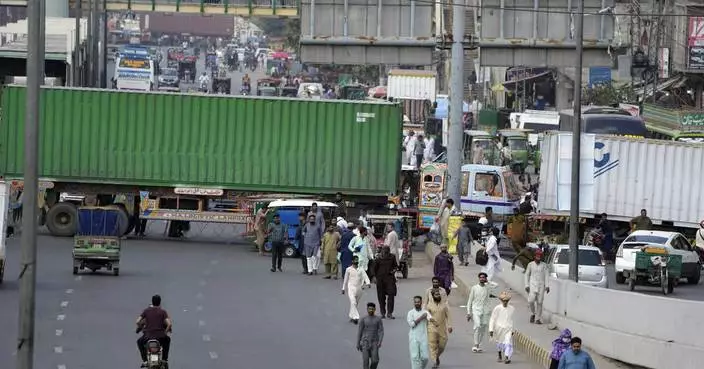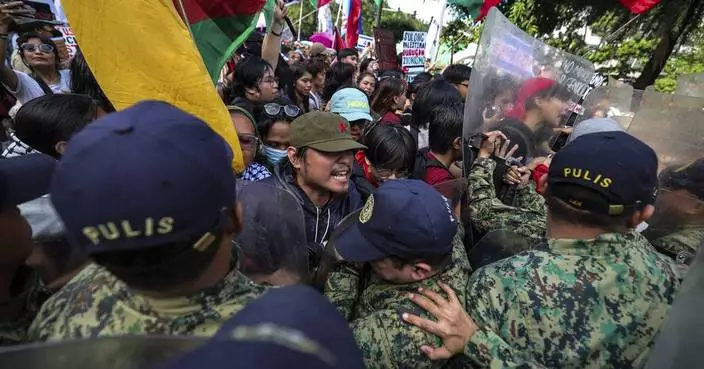WASHINGTON (AP) — Transgender rights, the regulation of “ghost guns” and the death penalty highlight the Supreme Court's election-season term that begins Monday, with the prospect of the court's intervention in voting disputes lurking in the background.
The justices are returning to the bench at a time of waning public confidence in the court and calls to limit their terms to 18 years that have wide support, including the backing of Democratic President Joe Biden and Vice President Kamala Harris, the party's White House nominee.
Whether by design or happenstance, the justices are hearing fewer high-profile cases than they did in recent terms that included far-reaching decisions by the 6-3 conservative majority on presidential immunity, abortion, guns, and affirmative action.
The lighter schedule would allow them to easily add election cases, if those make their way to the high court in the run-up to the Nov. 5 election between Republican Donald Trump and Harris, or its immediate aftermath.
“I think there are legal issues that arise out of the political process. And so, the Supreme Court has to be prepared to respond if that should be necessary,” Justice Ketanji Brown Jackson told CBS News last month in an interview to her promote new memoir, “Lovely One.”
The court's involvement in election disputes might depend on the closeness of the outcome and whether the justices' intervention would tip the outcome, David Cole, the outgoing legal director of the American Civil Liberties Union, said at a recent Washington event.
“I don’t think the court wants to get involved, but it may have to,” Cole said.
The court turned away multiple challenges from Trump and his allies to the results of the 2020 election that he lost to Biden. It's been nearly a quarter-century since the Supreme Court effectively decided the 2000 presidential election, in which Republican George W. Bush edged Democrat Al Gore.
When the justices gather Monday morning on a date set by federal law, they will shake hands with each other as they always do. Just after 10 o'clock, they will emerge from behind freshly cleaned heavy red drapery and take their seats on the curved mahogany bench, Chief Justice John Roberts in the center chair and his eight colleagues seated in order of seniority.
There are likely to be smiles and shared private jokes. But the friendliness of that moment will not sweep away tensions that have barely been concealed.
During the summer, two justices, Elena Kagan and Jackson, voiced support for toughening the new ethics code that so far lacks a means of enforcement.
The leak to The New York Times of the contents of a memo Roberts wrote last winter that outlined his approach to the court's presidential immunity decision “was nothing short of shocking,” Supreme Court lawyer Lisa Blatt said last week at a Washington preview of the coming term.
Two years ago, Politico obtained the draft decision overturning Roe v. Wade, the landmark abortion case.
"Something does feel broken,” Blatt said. Describing her experience arguing before the court, she said, some justices “just seem visibly frustrated.”
Important cases dot the court's calendar, beginning Tuesday. The court will take up a challenge to a Biden administration attempt to regulate hard-to-trace “ghost guns” that had been turning up at crime scenes in increasing numbers. The Supreme Court jumped into the case after the conservative 5th U.S. Circuit Court of Appeals invalidated the regulation.
Last term, conservatives voted 6-3 to strike down a gun regulation that had banned bump stocks, an accessory that allows some weapons to fire at a rate comparable to machine guns. Bump stocks were used in the nation’s deadliest modern mass shooting in Las Vegas.
A day after the guns case, the justices will take up the latest twist in Oklahoma death row inmate Richard Glossip's long quest for freedom. His case is the rare instance in which prosecutors are conceding mistakes in the trial that led to Glossip’s conviction and death sentence.
The highest-profile case on the agenda so far is a fight over transgender rights that is focused on state bans on gender-affirming care. It probably will be argued in December.
Republican-led states have enacted a variety of restrictions on health care for transgender people, school sports participation, bathroom usage and drag shows. The administration and Democratic-led states have extended protections for transgender people. The Supreme Court has separately prohibited the administration from enforcing a new federal regulation that seeks to protect transgender students.
The case before the high court involves a law in Tennessee that restrict puberty blockers and hormone therapy for transgender minors. About half the states have enacted similar restrictions.
Also on tap for the late fall is an appeal from the adult entertainment industry to overturn a Texas law that requires pornographic websites to verify the age of their users.
Only about half the court’s calendar for the term has been filled, and several big cases could be added. Among those is a push by Republican-led states and conservative legal outlets to further restrict federal agencies.
The immediate target is the method the Federal Communications Commission has used to fund telephone service for rural and low-income people and broadband services for schools and libraries.
The case, which the administration has appealed to the Supreme Court, could give the justices the opportunity to revive a legal doctrine known as nondelegation that has not been used to strike down legislation in nearly 90 years. Several conservative justices have expressed support for the idea of limiting the authority Congress can delegate to federal agencies.
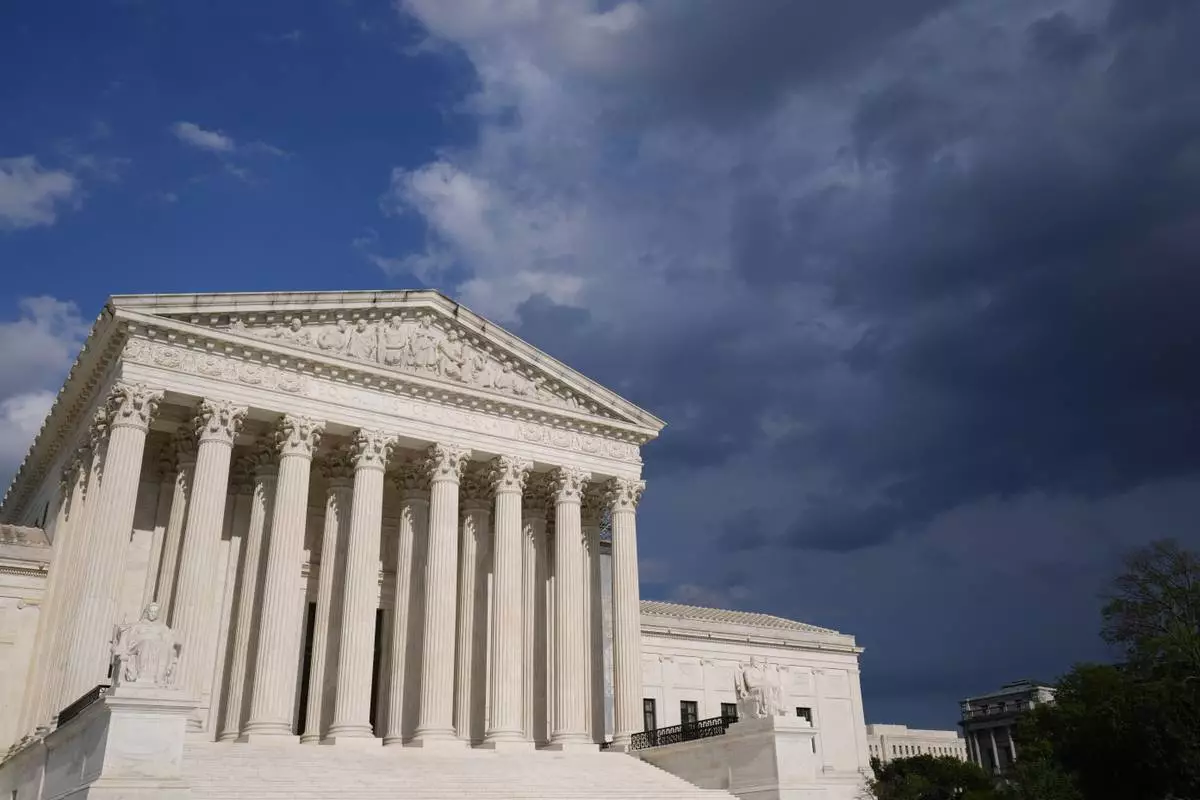
FILE - The Supreme Court is pictured, June 30, 2024, in Washington. (AP Photo/Susan Walsh)


